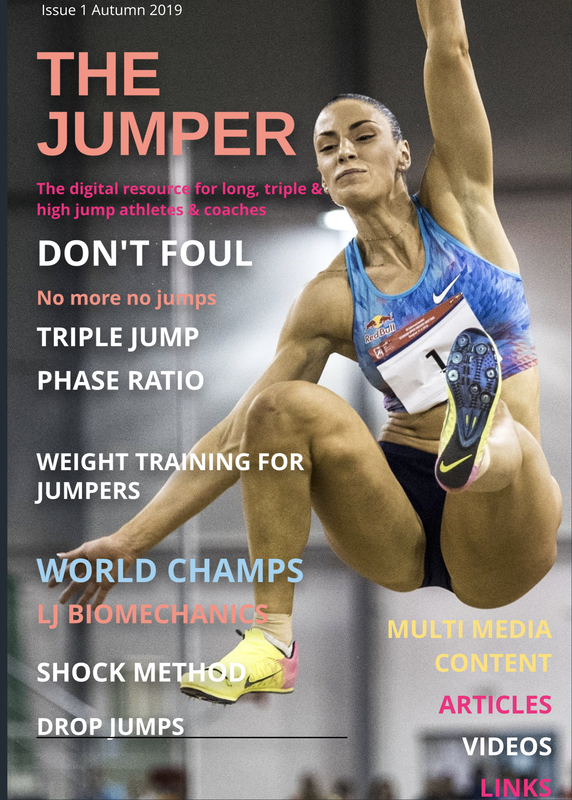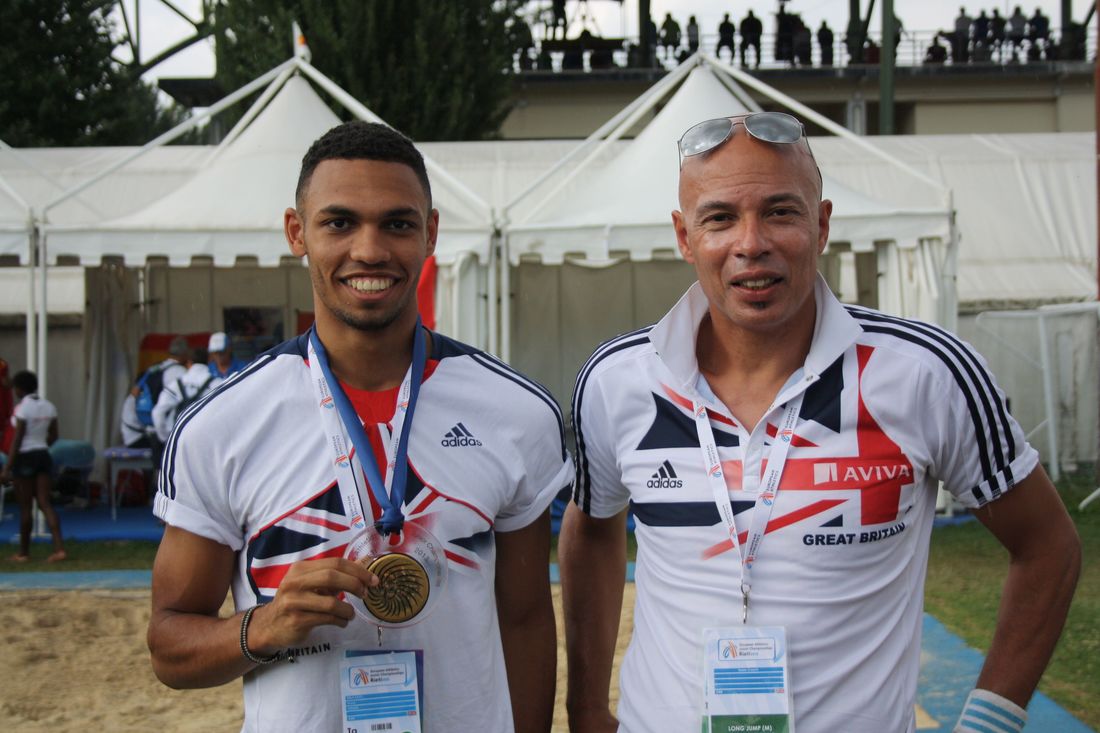Why not become a channel member of my YouTube site and find out through exclusive videos information which will directly improve you as a coach or athlete. |
Categories
All
Click to set custom HTML
|
Proudly powered by Weebly



 RSS Feed
RSS Feed
